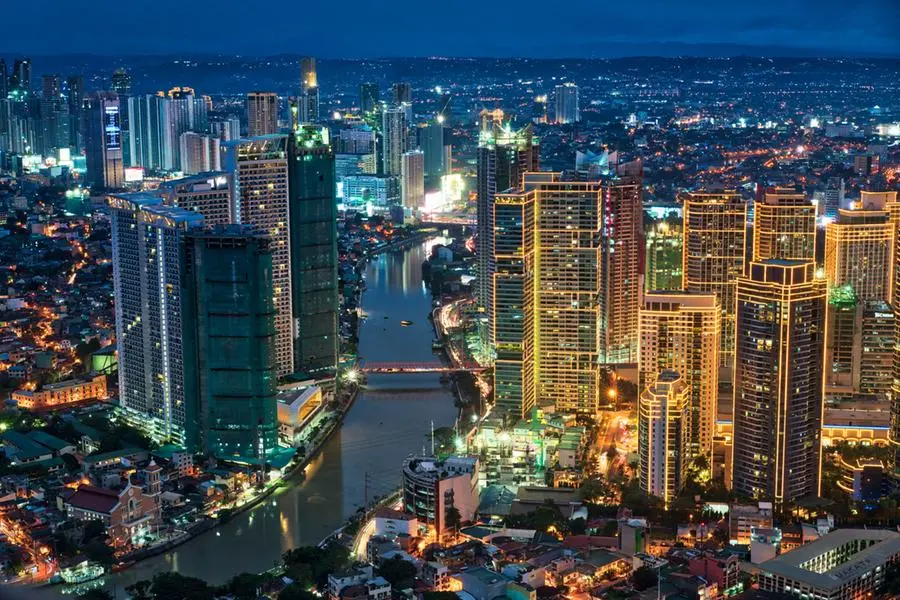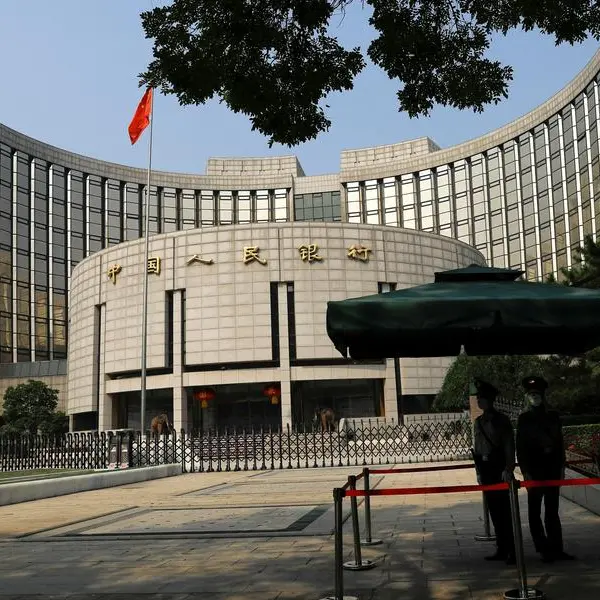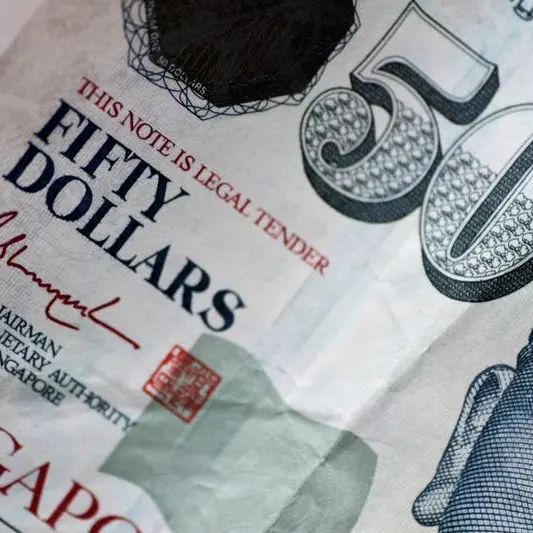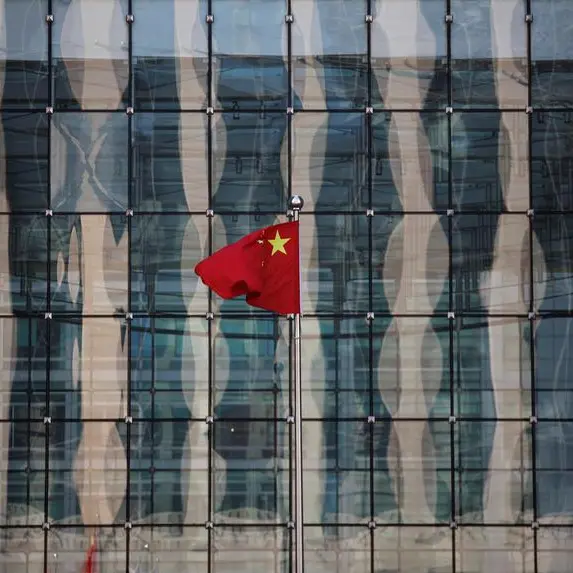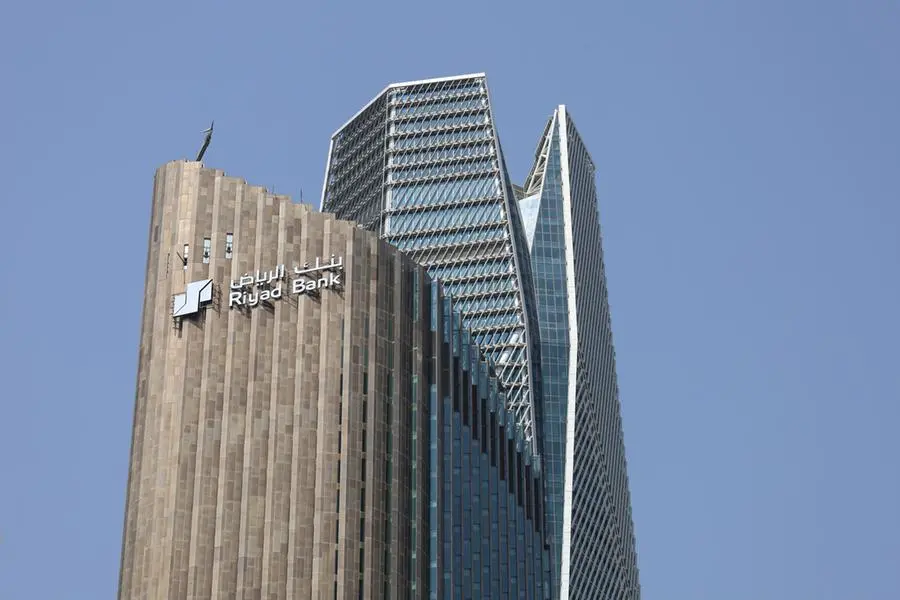PHOTO
The Philippine economy likely expanded by close to six percent in the second quarter, according to the National Economic and Development Authority (NEDA).
'I guess that it's probably close to at least the lower end of the target,' NEDA Secretary Arsenio Balisacan told reporters on the sidelines of the post-State of the Nation Address discussions yesterday.
The government has set a six to seven percent gross domestic product (GDP) growth target for the full year.
In the first quarter, the economy grew by 5.7 percent, slower than the 6.4 percent expansion in the same period last year, but faster than the 5.5 percent growth in the fourth quarter of 2023.
Balisacan said growth in the second quarter was likely supported by remittances from overseas Filipinos.
Latest data from the Bangko Sentral ng Pilipinas showed personal remittances from overseas Filipinos rose by 3.7 percent to $2.88 billion in May from $2.78 billion in the same month last year.
Balisacan said employment and manufacturing indicators also show positive signs.
Data from the Philippine Statistics Authority (PSA) showed the country's employment rate was estimated at 95.9 percent in May, down slightly from 96 percent in April, but up from 95.7 percent in May 2023.
Earlier this month, S and P Global said the Philippines' manufacturing purchasing managers' index remained in expansion mode at 51.3 in June.
Balisacan said the government also has a positive outlook on exports as it recently revised upward its growth projection.
Last month, the Development Budget Coordination Committee raised its growth assumption for exports to five percent from three percent for this year, given the better-than-expected outturn in the first quarter and an improved outlook for the global semiconductor market.
The PSA will release the second quarter economic performance on Aug. 8.
Balisacan also said the government believes the goal to bring down the poverty rate to single-digit level by 2028 is doable.
Under the Philippine Development Plan (PDP), the government has set a target to reduce the poverty rate to 8.8 to nine percent by 2028.
The poverty incidence among the population declined to 15.5 percent last year from 18.1 percent in 2021.
Last year's poverty rate also surpassed the government's 16 to 16.4 percent poverty incidence target for 2023 under the PDP.
De La Salle University (DLSU) economics professor Mariel Monica Sauler said, however, that while poverty incidence will continue declining in the coming years, it will not be at the speed that is desired.
'Since poverty in the Philippines is mostly a rural phenomenon, the decline in poverty is linked to improvements in agriculture, in particular to the decline in the share of employment in this sector,' she said in an email.
She said DLSU's forecasts show that poverty incidence will decline to 14 percent in 2026, 13.3 percent in 2028 and 12.2 percent in 2030.
'We will achieve the target of 8.8 percent in 2035,' she said.
Copyright © 2022 PhilSTAR Daily, Inc Provided by SyndiGate Media Inc. (Syndigate.info).
The Philippine STAR
